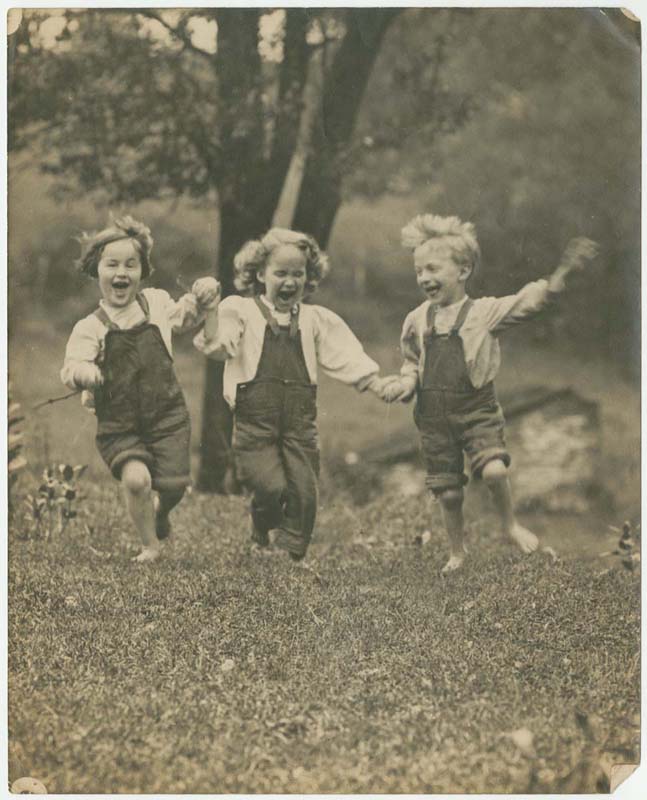 |
| [Washington and Others in Masonic Aprons]. Philadelphia: Thomas Phenix, 1860. |
My “favorite” from our collections has alternated over the years, but I thought I would write about my first. There is nothing like your first love. Thanks to a library fellow researching George Washington, I came across “Washington and Others in Masonic Aprons” soon after I began working at the Library Company in 1997.
We had not yet added our visual material holdings to our online catalog when I discovered this print in our portrait collections through the tried and true hunt and peck method. I was immediately smitten when I came across this trimmed and annotated 1860 lithograph copyrighted by Thomas Phenix. How could you not love all of these distinguished men, living and dead, including Washington, Benjamin Franklin, Thomas Jefferson, and Andrew Jackson, in jaunty little aprons in the Assembly Room of Independence Hall? The unintentional ludicrousness of the group portrait just grabbed me. Conceivably, Phenix did not intend for this inadvertent humorous undertone to the image. And yes, I was likely misplacing a modern reading onto it. But there was a little bit of me that thought possibly not. Washington’s hand on hip pose alone had to cause a smile on some mid-19th-century viewer’s lips.
By 1997, our book collections had started to be cataloged online and I performed a keyword search to no avail for Phenix. I was hoping to ascertain more information about the publisher (who I envisioned as somewhat eccentric) and thus more information about how the print came to be. In subsequent years, another keyword search for Phenix turned up the pamphlet Masonic Memorial, which happily answered many of the questions of the print’s origin.
Phenix, a Mason, had published the lithograph printed by Duval, Williams, and Duval as “a contribution to … Masonic Literature and History” and as an inspirational tribute to the past and current members of his distinguished fraternal organization. Phenix zealously urged his Masonic brethren to purchase the “picture” so that they may be in possession of the “likenesses of friends whose characters they esteem, and whose Masonic services, talents, and virtues they must ever admire.” Set in Independence Hall “to recognize” the site in which many of those portrayed “pledged their lives” as signers of the Declaration of Independence, the print could be acquired for the “small sum” of two dollars. (I certainly got my two dollars’ worth and more.) Phenix hoped to make it the first of a series of commemorative prints in honor of the Masons. By all accounts, not surprisingly to this “admirer,” the series did not come to fruition.
Erika Piola Associate Curator, Prints and Photographs








